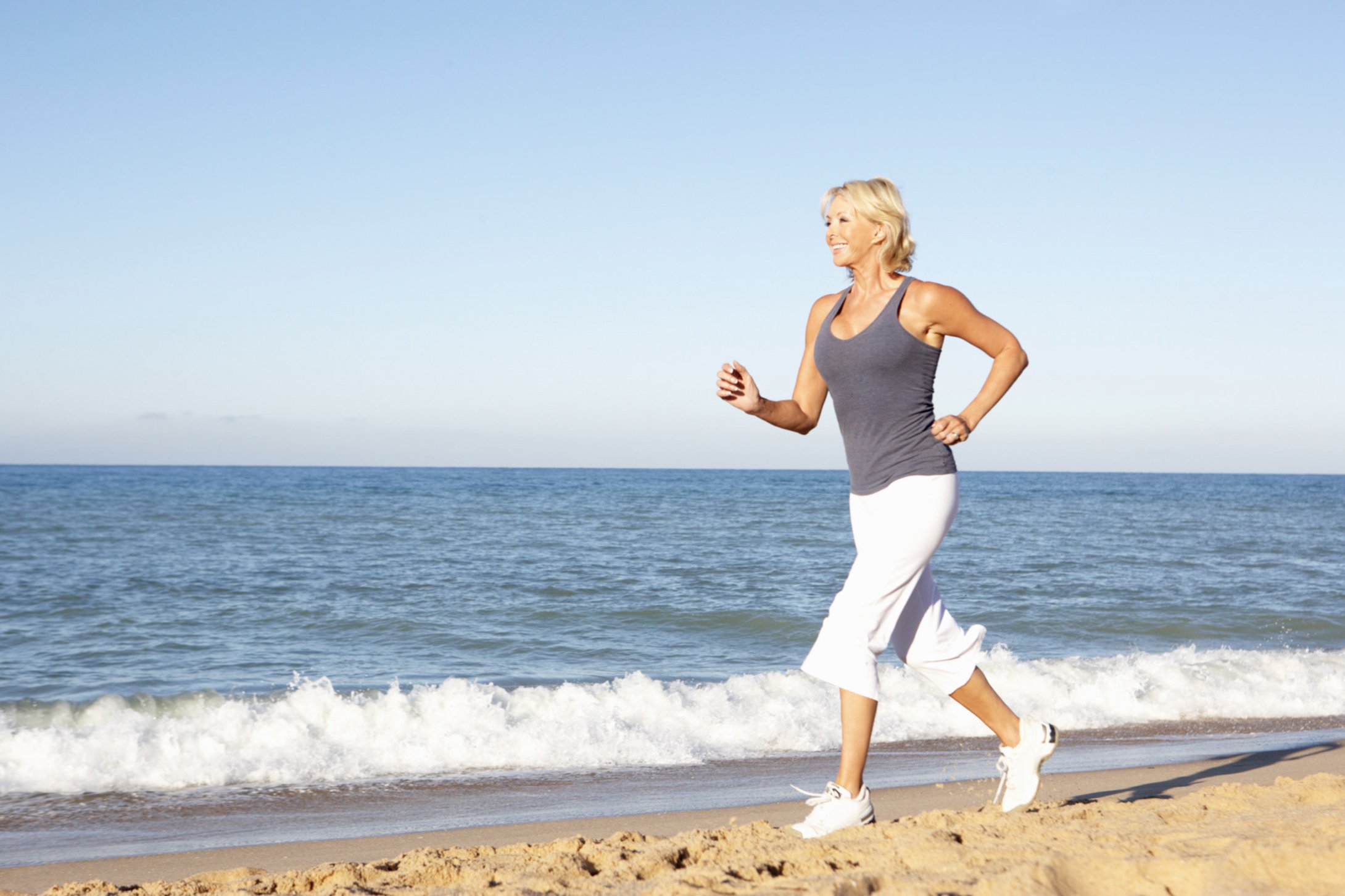Menopause and the Pelvic Floor: Why See a Pelvic Health Physiotherapist?
Menopause is a time of significant hormonal changes that can impact the strength and function of the pelvic floor. Oestrogen plays an important role in keeping the tissues of our vulva, vagina, bladder and pelvic floor muscles strong and flexible.
During perimenopause and menopause, declining oestrogen levels can lead to reduced tissue elasticity and hydration. Research indicates that genitourinary symptoms of menopause (called GSM) affect nearly 50% of postmenopausal women. Despite this, many women don’t seek treatment or advice, leaving these concerns unaddressed.
Symptoms of GSM can include:
Bladder leaks or urgency
Recurrent urinary tract infections
Genital dryness, irritation, or discomfort
Pain during intimacy
A pelvic floor physiotherapy assessment can help identify and address these concerns early and formulate an individualised management program to support your health and well-being.
What Does It Involve?
Pelvic floor physiotherapy focuses on assessing the strength, flexibility, and coordination of the pelvic floor muscles. A physiotherapist can provide techniques to relax or strengthen muscles, improve blood flow, and enhance overall comfort and sexual health. It may also include lifestyle advice, manual therapy, general exercise, and support with the establishment of healthy habits for bladder, bowel and pelvic health.
Why It Matters?
Pelvic floor physiotherapy during perimenopause is about more than managing symptoms—it’s about empowering women to maintain confidence, independence, and quality of life through this life stage and beyond.
Farrell E. (2017) 'Genitourinary syndrome of menopause', Australian Family Physician. vol. 46, no. 7, pp. 481-484.
Franco MM, Pena CC, de Freitas LM, Antonio FI, Lara LAS and. Ferreira CHJ (2021) 'Pelvic Floor Muscle Training Effect in Sexual Function in Postmenopausal Women: A Randomized Controlled Trial'. J Sex Med 18:1236−1244
Mercier J, Dumoulin C & Carrier-Noreau G. (2023) 'Pelvic floor muscle rehabilitation for genitourinary syndrome of menopause: why, how and when?' Climacteric. a26:4, 302-308.
Mercier J, Morin M, Tang A, Reichetzer B, Lemieux MC, Samir K, Zaki D, Gougeon, F, Dumoulin, C. (2020) 'Pelvic floor muscle training: mechanisms of action for the improvement of genitourinary syndrome of menopause'. Climacteric. 23:5, 468-473.
Portman DJ and Gass ML. (2014) 'Genitourinary syndrome of menopause: new terminology for vulvovaginal atrophy from the International Society for the Study of Women's Sexual Health and the North American Menopause Society'. Menopause. 21(10):1063-8



